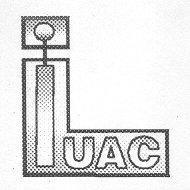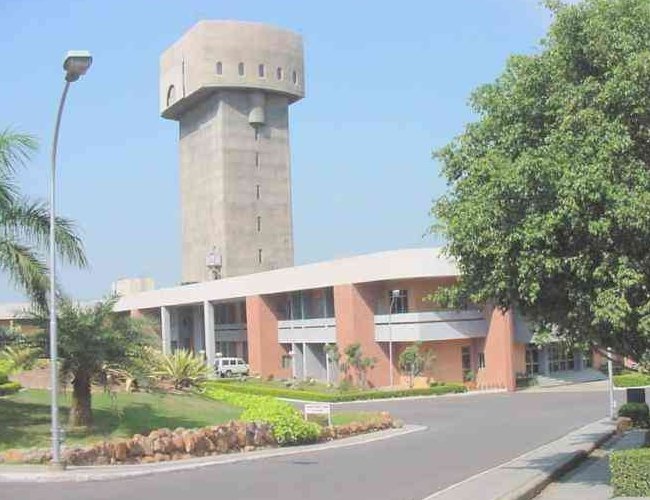
Research
The primary motive behind the development of NAND is the study of reaction
dynamics in the energy domain near the coulomb barrier. Unlike just getting
the average value of neutron multiplicity as in the conventional method,
these kinds of multi-detector set-ups help to get the multiplicity
distribution of pre- and post-scission neutrons in a fusion-fission
reaction.
Neutron measurements at limited angles have been utilised earlier
for the studies of reaction mechanism, level density parameters and fission
time scales. However, measurement with more number of detectors placed in
and out of plane would help in precise determination of the various
parameters. In a nuclear reaction, neutrons are emitted at various stages
of the collision and from various sources. Neutron energy spectra are
analysed considering emission from different sources with the selection
of their mass/charge and velocities.
Another aspect of neutron measurement is the study of superheavy nuclei.
Neutron emission from such a heavy mononuclear system in competition
with fission enhances survival probability of the heavy system.
Cross-section of superheavy nucleus formation is of the order of a few
pb. To overcome the limitation of beam current large neutron detector
array is preferred.
| 


